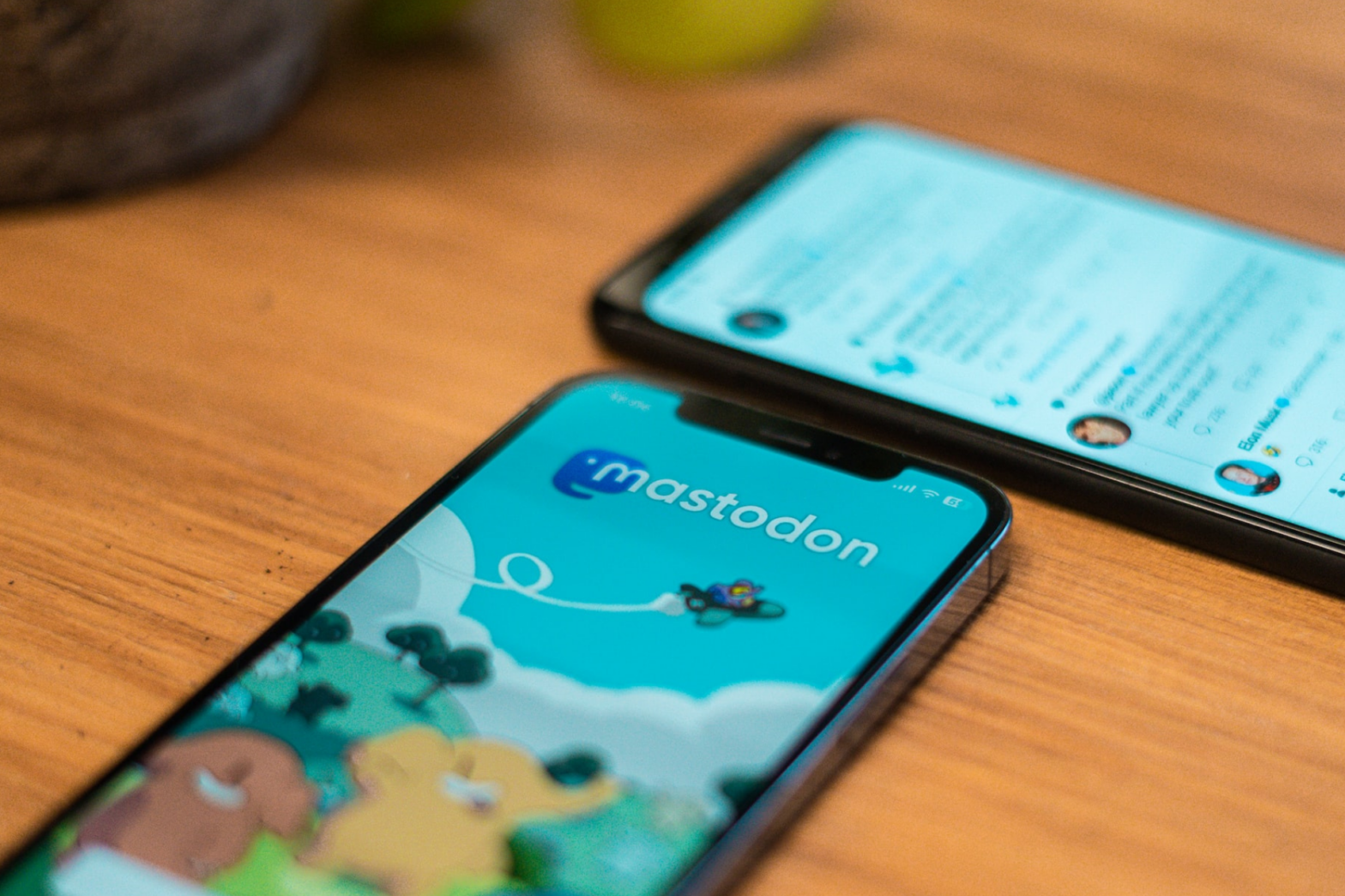If you’re setting up an organisation’s account on Mastodon, here are some tips for getting started.
First, read my article over on Dan Slee’s site where I explain Mastodon might not be right for corporate accounts. It may well work for government and non-profit organisations though. The scheduling option is very limited at present, so do think about the time ask for a social media manager to do anything other than text posts.
You’ve decided your organisation should join, despite no metrics, ads or powerful scheduler. Or maybe someone very senior isn’t open to your recommendation to wait and see. So what steps should you take?
My guide looks at setting up an account on a website, and I’d recommend doing the set-up there rather than through an app.
Pick a server. If you’re a government or non-profit organisation, you might want to pick one designed for your country or the country you operate in. For example, https://mastodon.scot for a Scottish organisation. Your content will be federated to users on other servers so you are not limiting your audience.
Pick a username. I’m a fan of keeping your username the same as on other sites. It makes it easier for your audience to find you, and for people to check you’re legit.
Create your profile. There are two parts to this.
- Appearance is the normal profile bits and pieces. Add a bio that makes it clear who you are. You’ve more characters to play with, so use them. Load an avatar and a header. Use the existing ones from other social media platforms to help people recognise you. Add the Profile metadata as well. This is where you can put links back to your site, your social media policy etc. This is also where you can verify yourself on Mastodon. You may need your web team for this and I would very strongly encourage you to do it. It turns the link green and proves you are who you say you are. It should only take 5 minutes to do.
- Featured hashtags are the hashtags you’ll be using a lot, and the hashtags you’d expect people to use to find you. Do not skip this stage. See further down for why hashtags matter.
Write an #Introduction post on Mastodon. This is 500 characters and should outline who you are and what you post about. Put all the hashtags at the end (and include the hashtag #Introduction).
- Use CamelCase in hashtags and, if you include an image, include an image description. In general, mastodon users like people who follow accessibility best practice so if you skip it at the start you’re off on the wrong foot. It’s the equivalent of going to a strangers’ house and tracking mud across the carpet. You may overcome the first impression but it’ll take a lot more work. So be an #a11y. Learn more about accessibility in general at Alexa Heinrich’s Accessible Social site, and accessibility on Mastodon at Fedi.Tips. (And I can do social media reviews to look at your current accessibility.)
Pin the #Introduction post. You can pin more than one post, so don’t worry that you’ll have to bump it for a more important message. Also, you can edit posts, so you can tweak the introduction if you realise you missed something out in the initial excitement.
Those are all the basics for getting set up and indicating you are who you say you are.
Building your organisation’s audience on Mastodon
If you can, put your mastodon address (eg https://mstdn.social/@magslhalliday ) in your profile on Twitter as well as other social media platforms. Putting it in the profile will enable people using tools like Movetodon to find you. Twitter tried to stop people posting their Mastodon handles but did a complete reverse ferret, possibly after someone explained EU anti-competition laws to them.
Hashtags are the way people search on Mastodon: searching for a word without a hashtag will not bring up every toot containing that word. People can also follow hashtags, so using them will mean you reach people who don’t follow you directly. So when you start posting, make sure to use hashtags. Put them at the end of the post and use CamelCase. For example, if you’re a museum and are posting about an exhibition on lace making, you could use: #Exhibtion #HistoryOfLace #Lacemaking and #Honiton.
Investigate if there is a group for your specialism. Groups are run through https://a.gup.pe/. Groups look like regular users, but they automatically share anything you send them with all of their followers. So for one of my accounts, I follow and use @histodons. Use the @ option sparingly! If someone replies they reply to all, which means all the followers of that group get the response. Great for a debate about Honiton versus Bruges lace, less useful if they are complaining about your customer service. You might want post to a group once a week or so: not enough to be spammy, but enough that people see you exist.
Also see if someone has started collating a list of accounts for your specialism. For example, there is an open source list of journalists on mastodon. Getting added to a relevant list will enable people looking for all such accounts to find you.
As with all social media, be active and engage with people. On Mastodon likes let other accounts know you’ve liked what they’ve said. Boosts share it with your followers. You can even go back to some old favourites like #FollowFriday to start building your followers again. And post on other social media platforms to say you’re also on Mastodon, as long as they are letting you.
Photo by Battenhall on Unsplash

